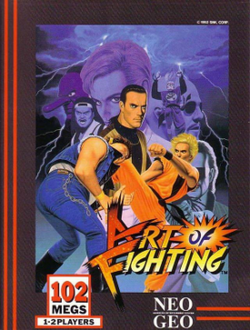Renaissance workmanship had an enormously expanded accentuation on the reasonable portrayal of the material world, and the spot of people in it, art auctions reflected in the corporeality of the human body, and improvement of an efficient technique for graphical point of view to portray downturn in a three-dimensional picture space. Innovation, the hopeful quest for truth, gave route in the last 50% of the twentieth century to an acknowledgment of its unreachability
About the Empire Art:
The adapted mark of Sultan Mahmud II of the Ottoman Empire was written in Islamic calligraphy. It peruses “Mahmud Khan child of Abdul Hameed is always triumphant”.

The Great Mosque of Kairouan in Tunisia likewise called the Mosque of Uqba, is one of the best, generally huge, and best saved imaginative and building instances of early extraordinary mosques. Dated in its current state from the ninth century, it is the predecessor and model of the relative multitude of mosques in the western Islamic lands
Islamic craftsmanship:
In the east, Islamic craftsmanship’s dismissal of iconography prompted accentuation on mathematical examples, calligraphy, and architecture. Further east, religion ruled creative styles and structures as well. India and Tibet saw accentuation on painted figures and dance, while strict composition acquired numerous shows from models and tended to splendid standing out colors from accentuation on diagrams. China saw the prospering of numerous works of art: jade cutting, bronze work, ceramics (counting the dazzling earthenware multitude of Emperor Qin), verse, calligraphy, music, painting, show, fiction, and so forth Chinese styles change incredibly from one time to another and everyone is customarily named after the decision line. Thus, for instance, Tang’s traditional works of art are monochromatic and scanty, underlining glorified scenes, however, Ming line artworks are occupied and beautiful, and center around recounting stories using setting and composition. Japan names its styles after supreme lines as well and saw a lot of interchange between the styles of calligraphy and painting.
The western Age of Enlightenment in the eighteenth century saw creative portrayals of physical and objective surenesses of the perfect timing universe, just as politically progressive dreams of a post-monarchist world, for example, Blake’s depiction of Newton as a heavenly geometer, or David’s propagandistic artworks. This prompted Romantic dismissals of this for photos of the enthusiastic side and singularity of people, exemplified in the books of Goethe. The late nineteenth century at that point saw a large group of imaginative developments, like scholarly workmanship, Symbolism, impressionism, and fauvism among others. The history of twentieth-century craftsmanship is a story of unlimited potential outcomes and the quest for new principles, each being destroyed in progression by the following. Accordingly, the boundaries of Impressionism, Expressionism, Fauvism, Cubism, Dadaism, Surrealism, and so on can’t be kept up particularly past the hour of their innovation. Expanding worldwide connection during this time saw a comparable impact of different societies into Western craftsmanship. Along these lines, Japanese woodblock prints (themselves impacted by Western Renaissance draftsmanship) affected impressionism and the ensuing turn of events. Afterward, African figures were taken up by Picasso and somewhat by Matisse. Additionally, in the nineteenth and twentieth hundred years, the West colossally affects Eastern craftsmanship with initially western thoughts like Communism and Post-Modernism applying an amazing influence.

